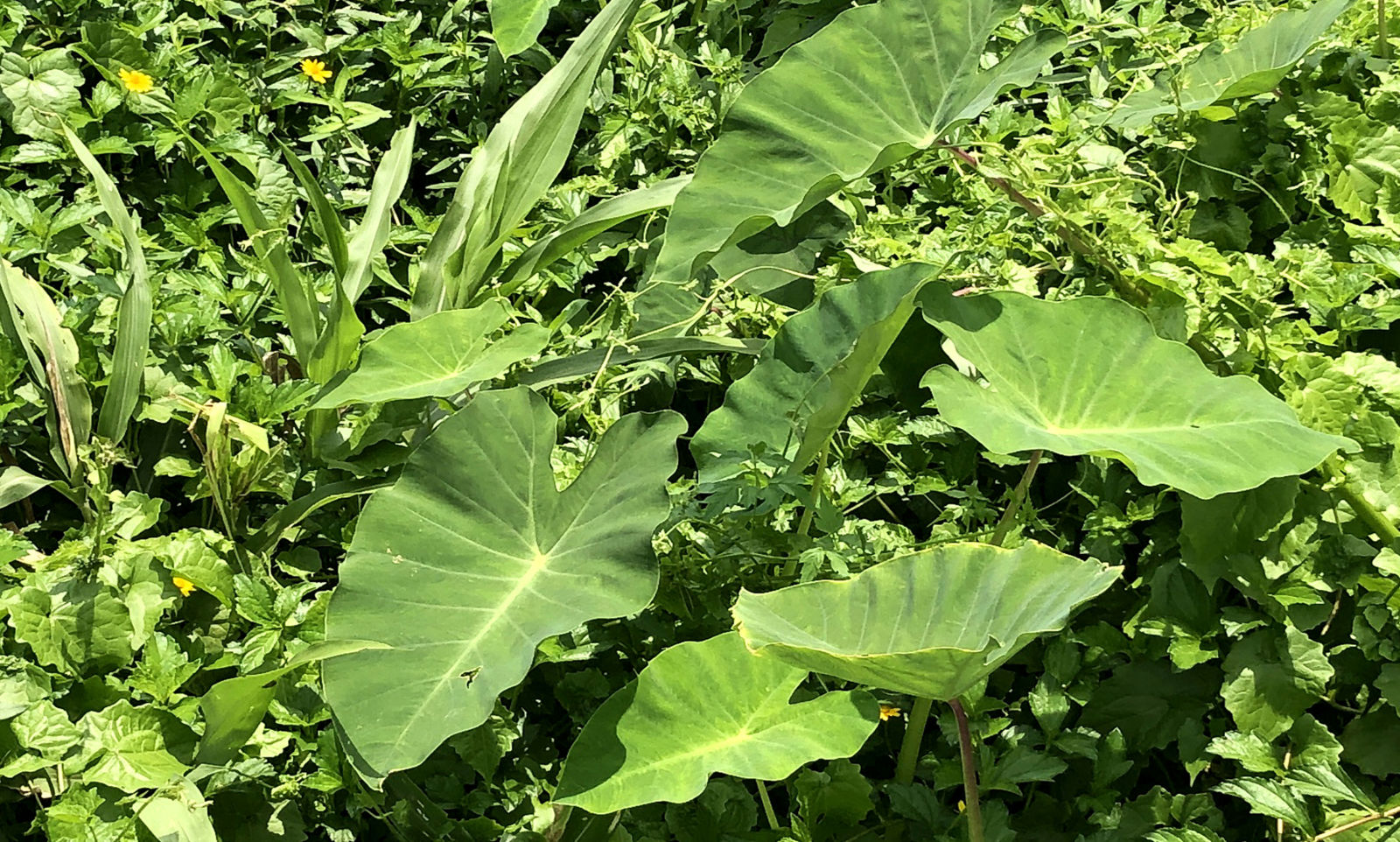Tasting the Wild
Published on: 11/06/2019
Published on: 11/06/2019

Photo title: Nucchi kummu, one of the varieties of wild mushrooms found in Coorg
|Photo Credits: Shonali Madapa

Photo title: Baimbalé or tender bamboo fry
|Shonali Madapa

Photo title: The broad-leaved plants of Kayambu or Colacasia Esculenta
|Photo Credits: Shonali Madapa

Lorem ipsum dolor sit amet, consectetur adipiscing elit, sed do eiusmod tempor incididunt ut labore et dolore magna aliqua.Quis ipsum

Lorem ipsum dolor sit amet, consectetur adipiscing elit, maecenas accusman lacus vel facilisis

Shonali Madapa has over 22 years of experience in the field of design and branding. She runs Lumos Design, out of Bangalore, India and has worked with large corporates, startups and social enterprises. She graduated from MS University, Baroda and has done a Post Experience Program in Graphic Design, from the Royal College of Art, London. Travel photography and writing are her passions, leading her to explore new worlds, cultures and cuisines. In the process, she collates and documents cultural patterns, ways of life and manages to find incredible beauty in the mundane.

STORY TITLE GOES HERE

STORY TITLE GOES HERE
From the Kitchens of Evolve Back – Vazhachundum Thoran
From the Kitchens of Evolve Back – Mezze Platter
From the Kitchens of Evolve Back – Grilled Pork Ribs
From the Kitchens of Evolve Back – Pazham Puzhungiyathu
From the Kitchens of Evolve Back – Peppercorn chocolate mousse
From the Kitchens of Evolve Back – Kabsah Laham Bis
From the Kitchens of Evolve Back – Vazhakanda Thoran
From the Kitchens of Evolve Back – Banana Bajji
From the Kitchens of Evolve Back – Pazham pori
From the Kitchens of Evolve Back – Joojeh – e – Koobideh
From the Kitchens of Evolve Back – Vegetable Kurma
From the Kitchens of Evolve Back – Pandi Curry
From the Kitchens of Evolve Back – Kerala Fish Curry
Nalknad Palace – off the beaten track in Coorg
Designing the Sidapur Coffee and Culture Museum
Chikka Veerarajendra of Coorg and his Thirteen Wives
The Architecture of Ainmanes: Form follows Function
Kodava Ainmanes – the heart of the Kodava Clan